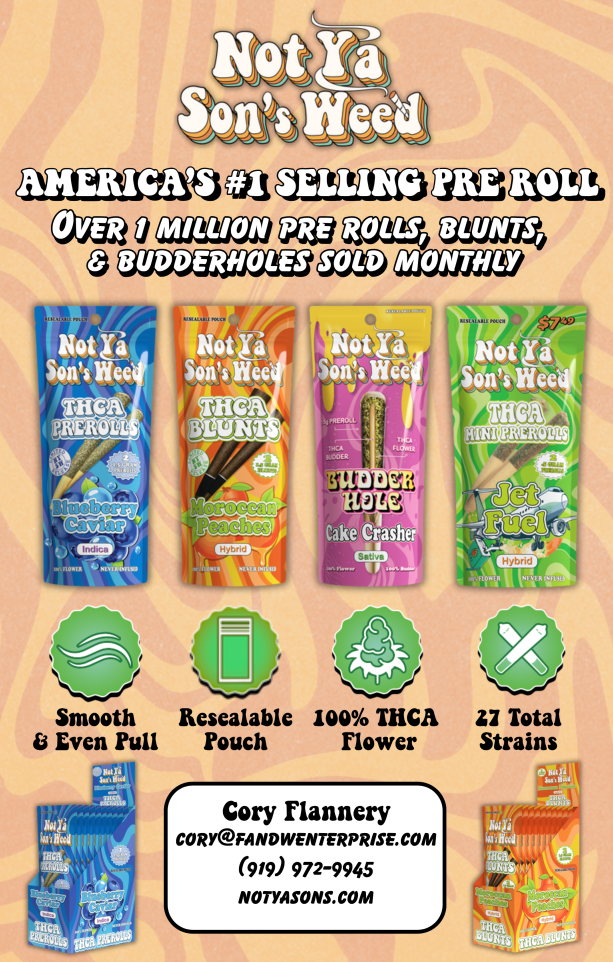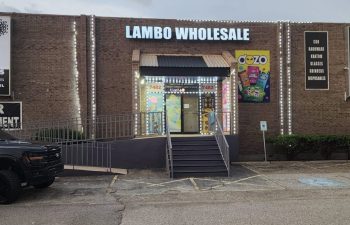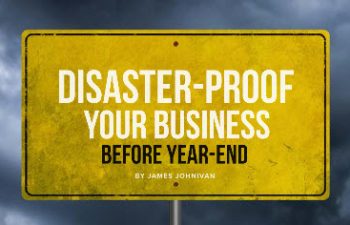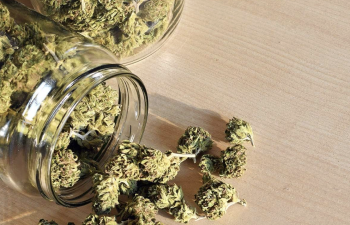Retailers may feel like they are working overtime in December. You have to deal with inventory taxes, holiday shoppers, and cleaning out shelves for the new year. However, the right strategies can help you turn dead stock into cash flow, protect your profits, and prepare for 2026.
This guide offers tested tactics to help you do that.
Clarity of What Needs to Go
Before you can clear shelves strategically, you’ve got to know which products are weighing you down. Not every slow-mover is worth pushing; there are items that are eating space and tying up capital. Here are the top culprits to target:
- Trendy SKUs that lost their buzz
In retail, trends are always coming up, but most don’t last. Remember the kratom strains that were “hot” last spring but now sit untouched? They’re not expired, but the hype cycle moved on. - Seasonal flavors and gimmicks
Pumpkin-spice gummies, peppermint CBD tinctures, or holiday-themed pre-roll packs might have sold in November, but come January, they will be clutter on your shelves. These SKUs have built-in expiration dates tied to the season. - Broken case packs and discontinued strains
You know that half-empty box of limited-edition disposables or the discontinued CBD chocolate bar flavor nobody seems to buy anymore? Yes, you do. These are taking up prime display space, and the holidays are a great time to clear them out.
Holiday shoppers often love stumbling across quirky “last chance” finds, which makes moving oddballs feel less like a clearance.
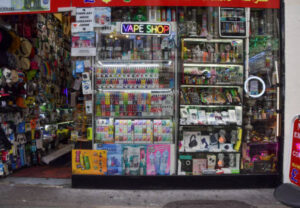
Smart Close-Out Tactics (That Don’t Look Like Fire Sales)
Slashing prices across the board screams, “We’re stuck with junk.” The best strategy is to sell slow-movers quietly, creatively, and profitably. So how can you do that this holiday season?
- “Buy This, Get That” Bundles
Pair underperforming products with top sellers so both move in one shot. For example, pair the seasonal hemp gummies with your best-selling CBD tincture or an overstocked kratom SKU added to a popular wellness kit. Shoppers see bundles as added value as opposed to suspicious discounts. - The “Mystery Bag” Gambit
Turn dead stock into an experience. Pre-pack a variety of “mystery” slow-moving items into plain bags or boxes, sell them at a flat rate, and let curiosity do the rest. Customers love the surprise factor, and you will empty your back room fast.
Bonus: the “treasure hunt” feel might keep them coming back for more. - Secret Menu Sales (QR-only)
This tactic works especially well for younger, mobile-first customers. Hide close-outs behind a QR code at checkout or on your website. Shoppers who scan unlock “hidden” deals, while your regular shelf stays clean and premium. - Employee-Only Pop-Up Sale
Before discounting to the public, offer old stock to staff or VIP loyalty members. Employees feel rewarded, VIPs feel like insiders, and you generate fast cash while clearing space. It’s a win-win: you boost morale for your team, build a feeling of exclusivity for your best customers, and get clear shelves for yourself.
When done right, these strategies allow shelf-life management. You move what’s about to expire (whether in actual date or customer attention) while maximizing value.
Turn Close-Outs Into Events
The psychology here is simple: when shoppers see inventory tied to events, they don’t think “clearance bin.” They think “limited edition.” That framing not only protects your margins but also makes customers eager to return for the next drop. Try these retailer-tested plays:
- “12 Days of Close-Outs” Countdown
“On the 10th day of Christmas, my smokeshop gave to me…” Borrow from the holiday playbook and drop one surprise deal a day leading up to Christmas or New Year’s. It could be anything from discontinued SKUs to overstayed seasonal stock. Shoppers start checking in daily (online or in-store), and you build consistent traffic while moving inventory you’d otherwise mark down in bulk.
- New Year’s Resolution Tie-In
It’s almost that time of the year that comes with the promise of a fresh start! Bundle detox teas, fitness accessories, mood enhancers, or wellness products from your stale stock and market them as “Resolution Kickstarters.” Not only does this reposition old items as timely, but it also taps into shoppers’ natural January optimism. - Instagram Story Flash Sales
It is possible to make close-out sales exciting, and lightning deals on social channels are a simple way to do it. Run a 24-hour story-only flash sale, with a “Swipe Up to Buy” option, to create urgency and exclusivity.
Mistakes to Avoid When Clearing Inventory
Ineffective close-out tactics can reduce revenue and harm your company’s reputation. Steer clear of these typical traps to maintain your profitability and brand strength:
- Publicly Discounting Your Bestsellers
Never mark down your heroes. Slashing prices on top-performing hemp or cannabis products trains customers to expect discounts and to hold off on paying full price.
Retail pros call this “bad buying behavior,” and it can crush long-term margins. Focus your close-out strategy on slow-movers, discontinued SKUs, and items with shelf-life issues, not your stars. - Clearing Too Much at Once
As the end of the year inches closer, you may feel the urge to do a massive clearance event. However, flooding your shelves or website with markdowns screams desperation and overwhelms customers.
Instead, stagger your end-of-year sales. Smaller, focused promotions create urgency, protect average transaction value, and keep the buying experience simple. - Using Aggressive Language
Your messaging is key. When you use labels like “Clearance,” “Liquidation,” or “Everything Must Go,” they scream panic.
A smarter approach would be to frame offers around exclusivity (“Last Chance Finds”), seasonality (“End-of-Year Specials”), or forward momentum (“Get ready for 2026”). The right copy moves stock without making your brand seem distressed.
Close-Out Metrics That Matter
You need your end-of-year sales to clear your shelves profitably. Tracking the right numbers helps you know if your strategy is working or if you’re giving margin away. Keep an eye on these four metrics:
- Turnover Rate
How quickly are you moving slow stock once markdowns start? The faster your turnover, the better your shelf-life management and the more room for new inventory. - Average Percentage of Markdown

High discounts result in a lost margin. Instead of panic-driven fire-sale prices, aim for controlled markdowns between 15 and 30 percent. - Impact of Basket Size
Do close-out items increase or decrease your average ticket size? By combining stale products with top sellers, mystery bags and bundles should increase the value of the basket. - Staff Hours on Markdown Handling
Close-outs cost labor, too. Track the time spent tagging, repacking, and restocking.
Make Margin, Clear Space, Own 2026
Closing out the year can be calm and chaos-free. Treat your end-of-year sales like a power move, not a panic button. Done right, you’ll finish strong in Q4, free up cash flow, and make room for the products that will define 2026.







